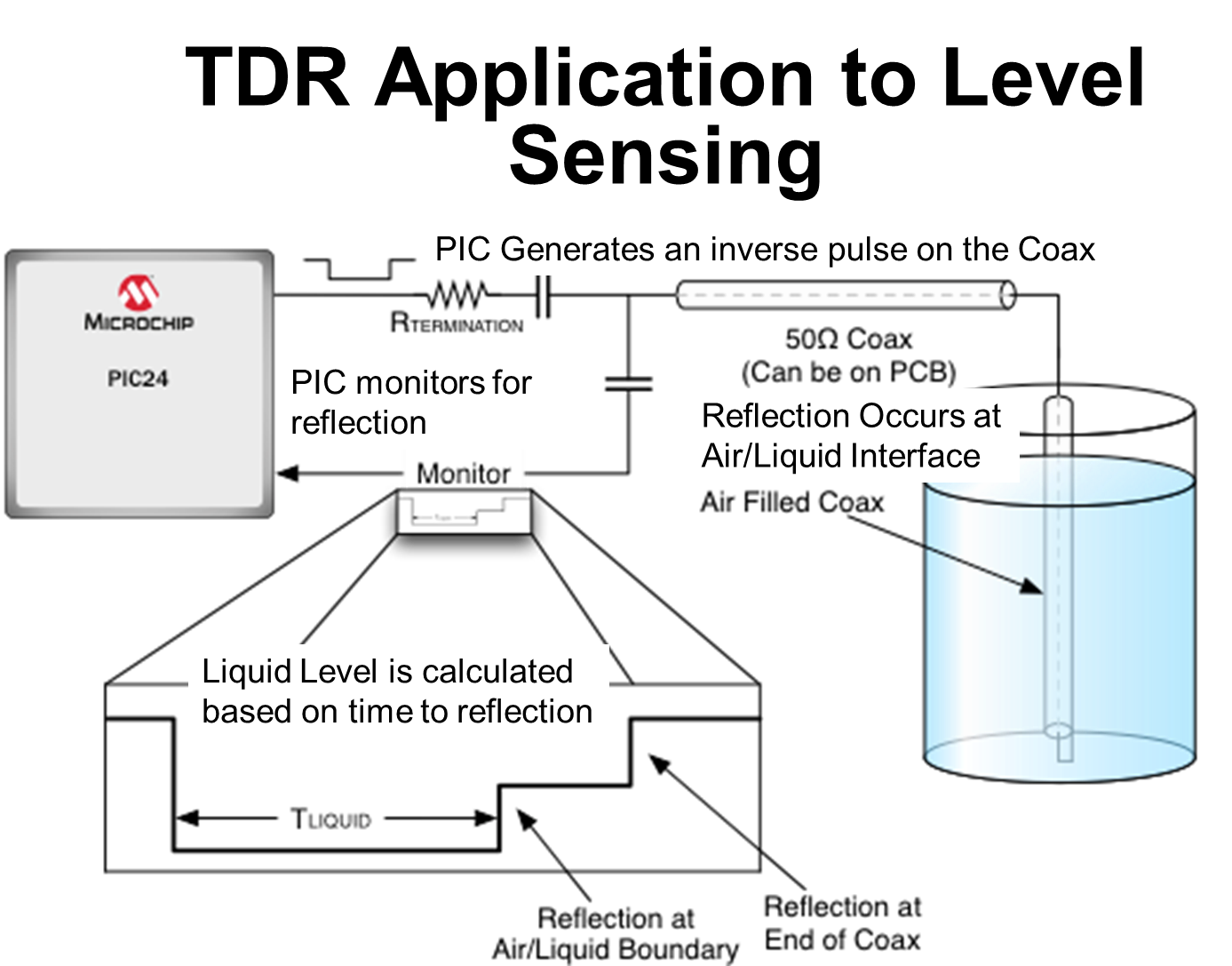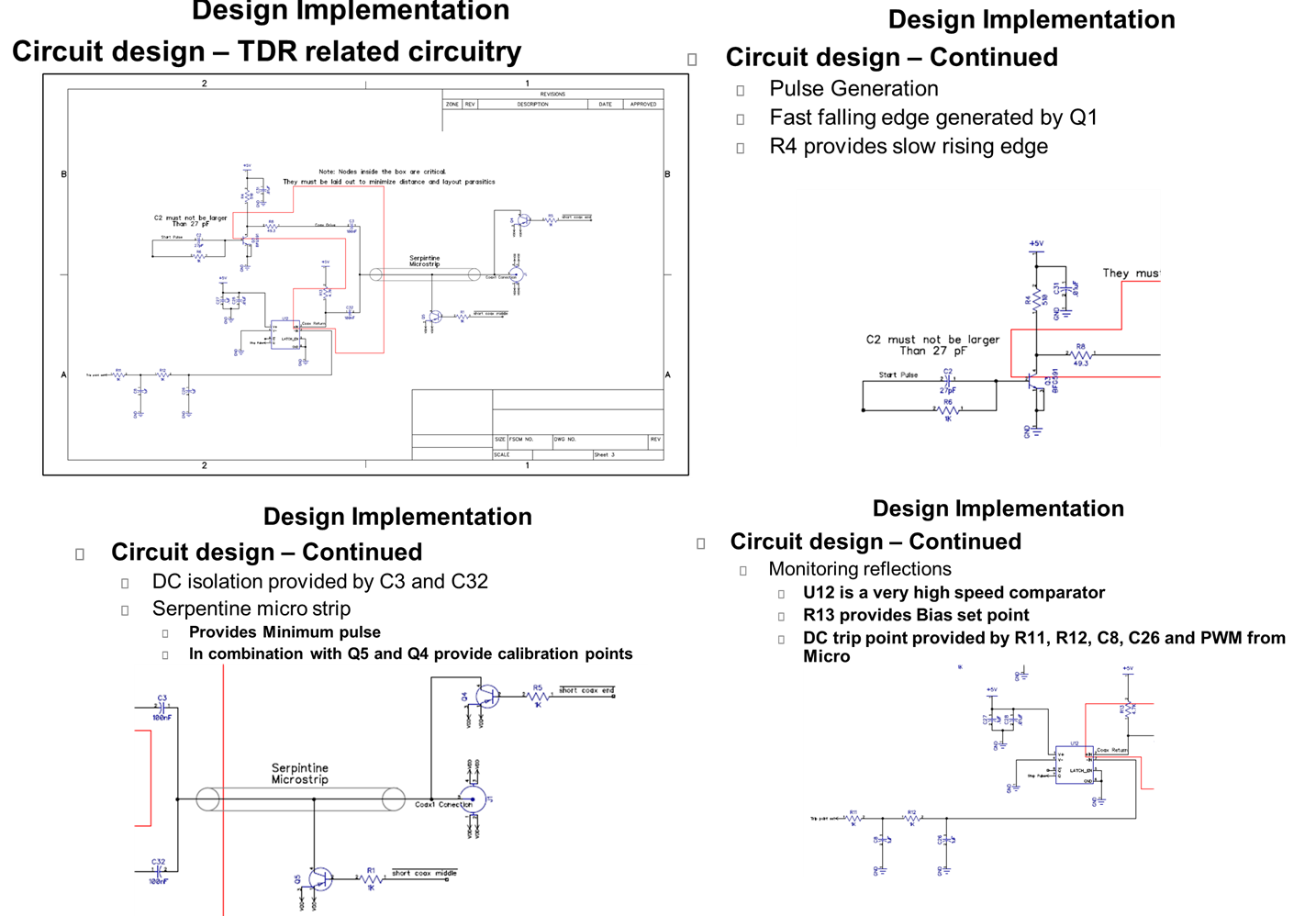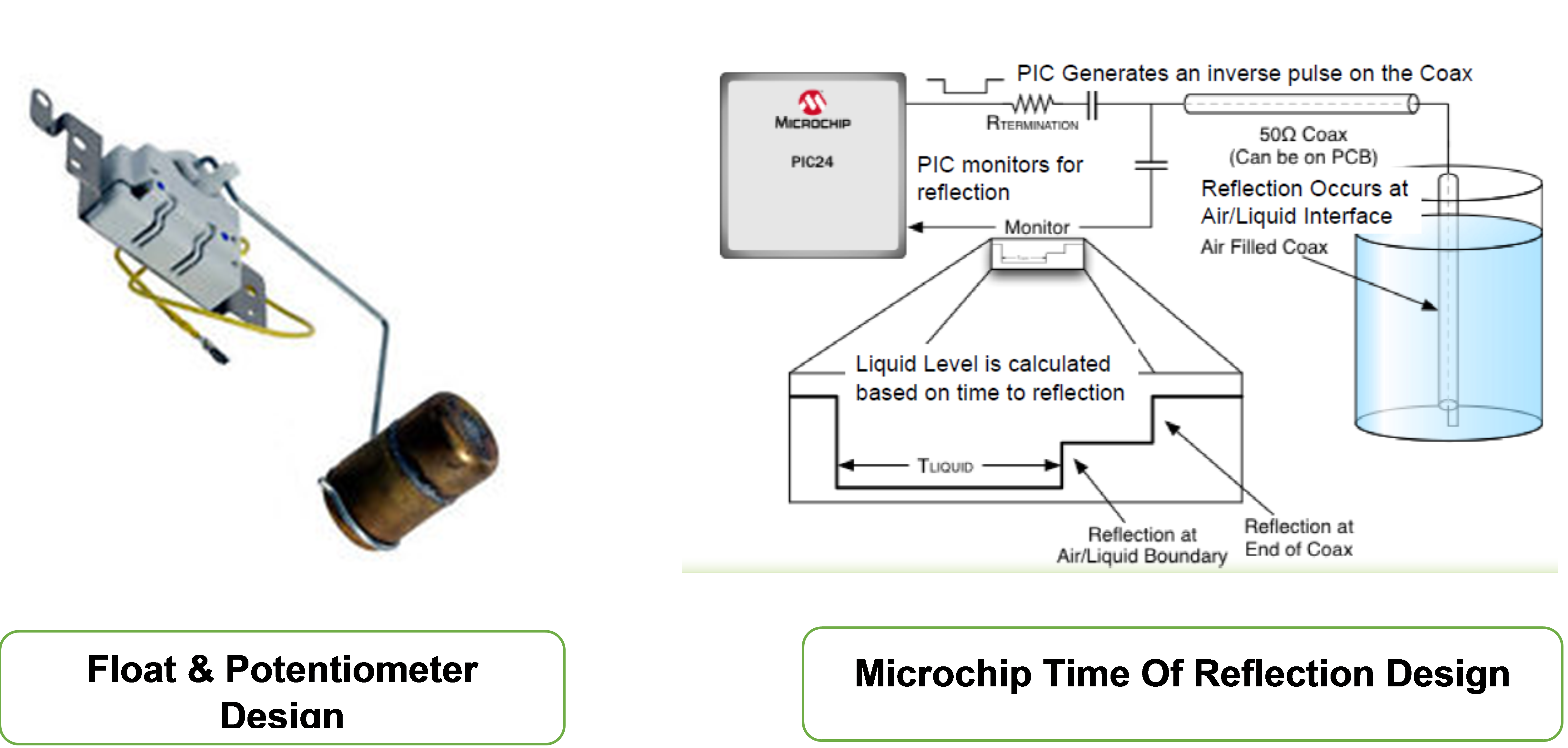Capacitive Response to Liquid
In comparison to liquid volume, the facing area of liquid dominated the capacitance change due to the electric field distribution along the facing area.
The resolution of liquid volume measurement is dependent on the geometry. For a given volume, a higher aspect ratio of the container could increase the resolution.
The differential measurement could increase the accuracy with the smaller noise (0.2 fF), the longer stability, and the better compensation to the environment.
In a test conducted the smallest volume measured was 1 µL (see the figure below). The largest volume that we could measure was 20 L-liquid in a plastic bucket.
Using the controlled setup, the capacitance change of liquid volume could be measured in metal cups. The accuracy was 4 mL in consideration of noise.
For accurate and long-term measurement, differential measurement showed reliable results. The difference between the two sensors could compensate for the drift of a circuit and environment (temperature).
Once the bottom part of the container was filled, the capacitance change/side area is proportional to the side area increase due to the volume increase (small volume <1mL)
As the water height increases, the capacitance change becomes less for a larger volume (>100 mL).
The BeckettLink® Connected Tank Gauge System is an electronic gauge that accurately and reliably measures the level in a fuel oil tank or manifold tank system. The information is then transmitted through a cloud-based connection to a fuel dealer’s web-based ‘Dealer Dashboard’ monitoring system and/or a user’s smartphone or tablet via an Apple or Android app.
System Features
- More accurate and reliable than a float gauge
- Movable ‘Hub’ connects gauge to WiFi through a Bluetooth® wireless connection with up to 150’ range
- Works on tanks up to 72” diameter and manifolded tank systems
- Gauge powered by a lithium battery with up to 10-year battery
A few common fluid level sensor technologies are Hydrostatic, Photoelectric, Ultrasonic, Radar, Float, Capacitive, and Light sensors.
The least expensive seems to be the Water Level Sensor Module – Iduino SE045. The device works in the range of up to 40 mm – another is a simple waterproof LED light Sensor installed in the tank.
- VEGA Fluid Level Sensor.
- OMRON B5W-DB Diffuse Reflective Sensor
- DUT-E S7 wireless sensor
- GENEMA Liquid Level Sensor
- Arduino no-contact Digital Water / Liquid Level Sensor
- Project Only (Not in Production) Capacitive Sensor Design Concept.
- DFRobot Non-Contact Outside Tank Fluid Level Sensor.
- OMEGA Conductive Fluid Level Sensor
- CYPRUS Liquid Level Sensor.
- ELOBAU Level Sensor.
- Optical infrared water liquid level sensor high sensibility liquid level control
- Sino-Inst Level Sensor.
- KEYENCE flow monitoring flow sensors.
Fuel Level & Quality Sensing with Microchip TDR Technology
As earlier stated this is Time Domain Reflectometry and its Application to Liquid Level Sensing using the CTMU from Microchip. TDR Basics are:
- Ideal modeling
- Impedance
- Transmission line length and delay
- Dielectric constant
Refer http://www.mantaro.com/resources/impedance_calculator.htm
TDR System is composed of Pulse Generator, Series Termination, Transmission line and Transmission line termination.
Theory of TDR Application to Level Sensing is as below:
- Coaxial Line impedance – Dependent on Dielectric Constant of the insulator
- Air – Dielectric = 1
- Common Liquid dielectrics range from 1.5 to 70
- If a coax is built with Air as the insulator:
- Air is displaced with liquid
- Liquid has a dielectric greater than air
- Causes a reflection of power at the air – liquid interface
- Reflection arrival time at node A is dependent on the distance from node A to the liquid level
- Amplitude of return is dependent on Dielectric constant
TDR Application to Level Sensing Additional benefits has ability to detect contaminants, Level Sensing is independent of liquid type, Ionic & Non-Ionic, Conductive & Nonconductive.
It also higher reliability with no moving parts, no corrosion, stainless steel or chrome coated plastic probe, higher accuracy and resolution of 0.02”.
Please contact Microchip Electronics for more information or write to designhmi@gmail.cm.
It is assumed that in the future companies will be moving away from the standard float and potentiometer technology for measuring fuel level. Already there are many aftermarket products on the market that functionally are similar with Microchip TDR version being the exception. Please click on Fuel Level Sensors and review.
You can view other versions by clicking on the following link and lot of them come with CAN / LIN interface.
http://www.alibaba.com/showroom/capacitance-fuel-level-sensor.html
Typical Capacitive Sensing as below:
| Electro optic systems and liquid level sensors
The electro optic systems based on infrared technology have an infrared emitter and an optical receiver. Ø When only air is present in the object to be sensed, all the light emitted is reflected internally by the dome of the probe and returned to the receiver. When there is liquid, a large amount of rays emitted is absorbed / refracted by the liquid. Ø As the amount of rays picked up by the receiver reduces when liquid is present, the IR sensor senses the presence of liquid. Ø The response time of these sensors is very fast, almost instantaneous and detection accuracy is +/- 2 mm. Ø This can sense the levels of clear, translucent, reflective, as well as opaque liquids. |
Design HMI Proposed Solution using Microchip TDR:
As you know standard metal rod and potentiometer increases corrosion in the metal rod resulting in inaccurate readings. It is very common when you fill up your gas tank initially it will not show the correct fuel level. You have to restart the engine to get the correct reading. I understand the slow fuel fill and gas gauge issue is very common.
The advantage to the new with the Microchip version which should easily provide consumer an option over the competition.
- Cost: Microchip design version could meet the current float design cost target.
- Reliability: No moving parts will definitely increase reliability.
- Fuel Quality: Most important can detect contamination and provide data. In its simplest form can advise the driver that fuel does not match control.
Microchip Time Domain Reflectometry Liquid Level & Quality Sensing
What is TDR (Time Domain Reflectometry).
- Send a pulse down a transmission line
- Voltage indicates the impedance of the transmission line
- Change of impedance in the transmission line is reflected back
- Shows up as a change of voltage
The physical distance to the impedance change is related to the time that the voltage change occurs. The theory behind TDR Application to Level Sensing is as below:
- Coaxial Line impedance – Dependent on Dielectric Constant of the insulator.
- Air – Dielectric = 1
- Common Liquid dielectrics range from 1.5 to 70
- If a coax is built with Air as the insulator
- Air is displaced with liquid
- Liquid has a dielectric greater than air
- Causes a reflection of power at the air – liquid interface
- Reflection arrival time at node A is dependent on the distance from node A to the liquid level
- Amplitude of return is dependent on Dielectric constant
Additional Characteristics That Can Be Monitored
- Viscosity: By monitoring the rate at which fluid settles into the tube Viscosity can be measured.
- Contamination: If you have two non-soluble liquids two distinct reflections can be measured allowing detection of contamination.
- Mixture Ratio in Homogenous solution of two liquids: Liquid A has Dielectric Constant N, Liquid B has Dielectric Constant M. Dielectric constant of liquid will be between N and M and based on ratio of liquids.
- Fluid Flow Rate: By Monitoring change of fluid level flow rate can be calculated
Cost model for independent Level Sensing
Cost Adders
- Micro < $1.00
- Steel Tube, Rod and Fabrication < $0.20
Assumptions
- PCB already present
- Uses Lin from motor or analog output
Cost Subtraction
- Existing Fuel Level Sensor
TDR Improvements over Current Fuel Level Float:
- Fit inside current fuel tanks
- Connect to the vehicle network
- More reliable: No moving part, no fuel level float, no rheostat to corrode
- Detect fuel contaminants.
- Measure the fuel composition: ethanol, methanol, water, kerosene, alcohol
- Configurable fuel quality levels
- Alert driver and engine system about the fuel quality.
For more information please review:


















